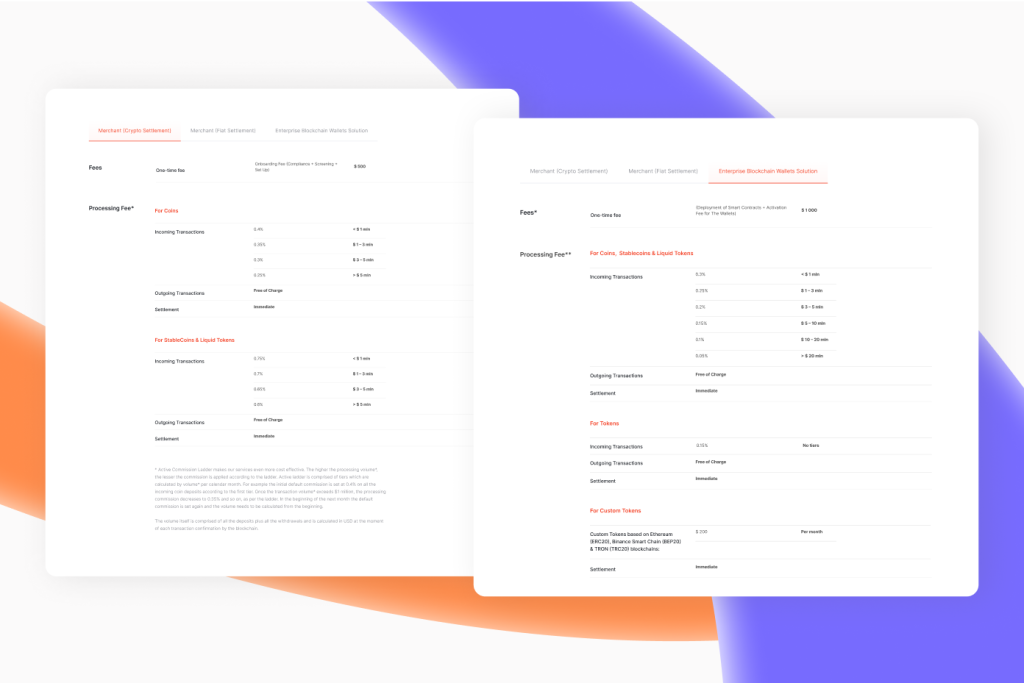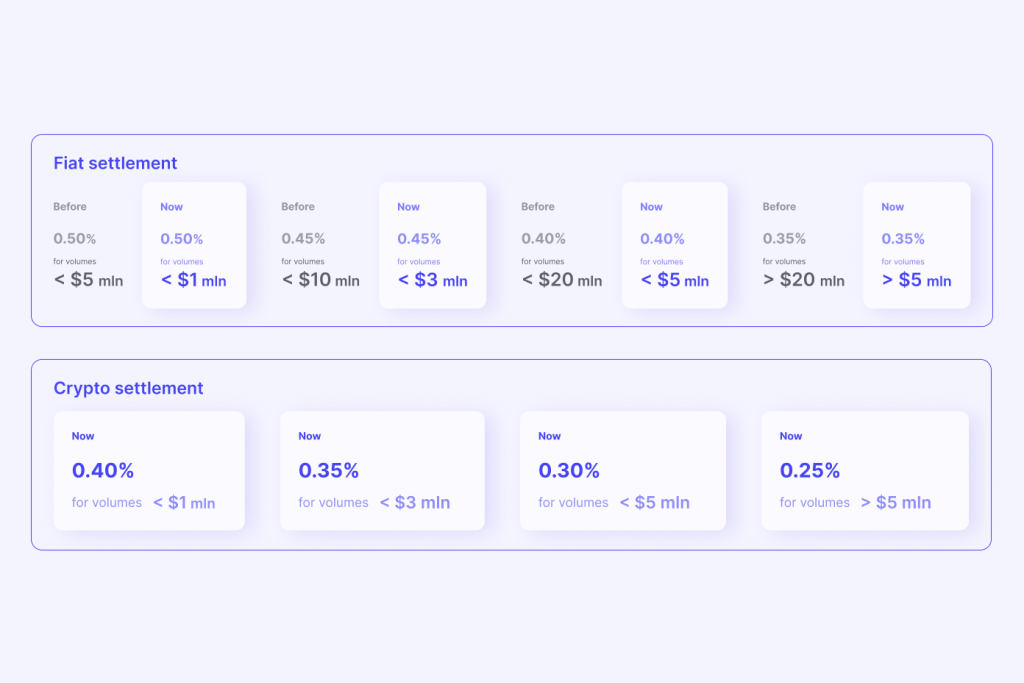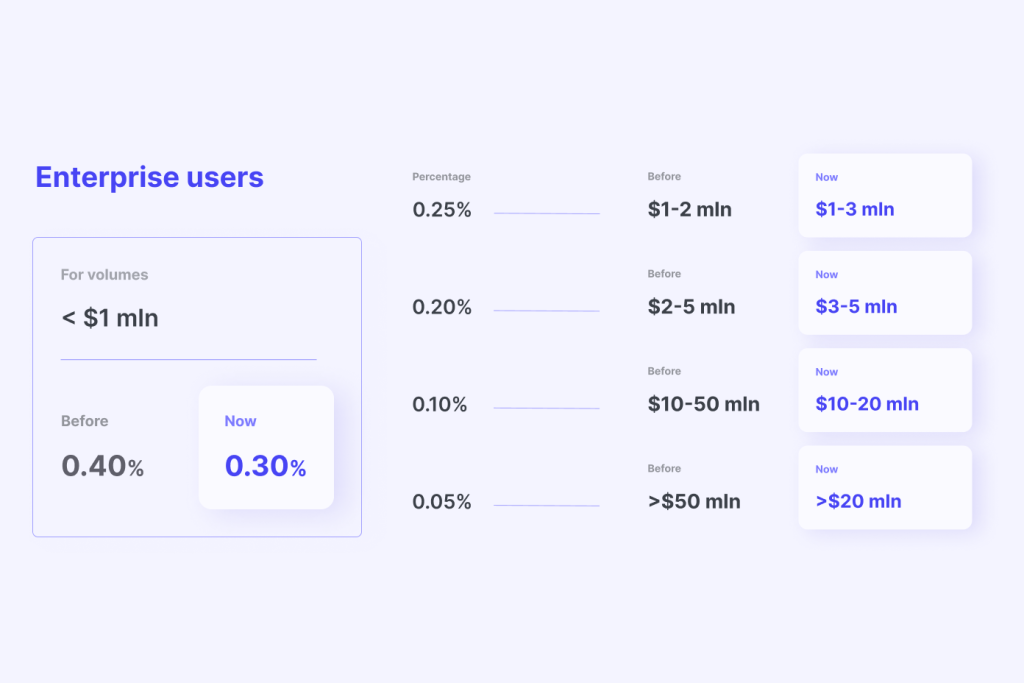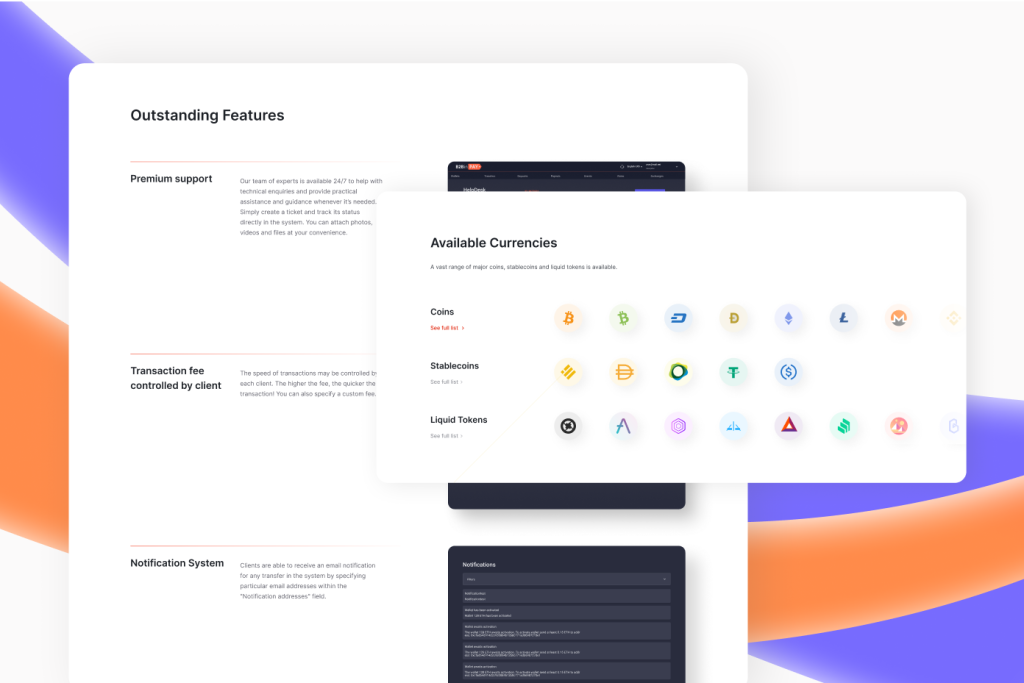The popularity of cryptocurrency places more demands on strategic marketing. The market competition gets tougher as each company works hard to climb to the top. It even gets more complicated with introducing new altcoins and crypto projects into the digital space.
Despite cryptocurrencies growth in the technology industry, your crypto website will remain dormant if it lacks the right content. It would help if you implemented a crypto SEO strategy to stand out among competitors.
The main focus of crypto SEO is to reach your audience and improve your online visibility and ranking. Thus, Search Engine Optimization is a broad concept that involves keywords, image and video optimization, link building, and many other elements.
Link building in SEO helps you to be relevant within your industry. It also enables you to stand out as an authoritative website and boost your connection. It will generate traffic and increase your company’s sales in the long run. Promoting your web page as an authoritative link will increase the sales you get from referrals. The importance of link building in promoting cryptocurrency websites cannot be overemphasized. You will discover much other importance of crypto SEO as you read further.
Relationship Between Cryptocurrency and SEO
Regardless of any innovative ideas, a new crypto business may have, they will only be visible if SEO is implemented. Every newly established crypto website needs SEO to rank on the Search Engine Results Page (SERP). SEO not only attracts the target audience, but also helps retain visitors. A strategic crypto SEO will birth loyal customers who will refer other people to the services being provided by the company. It makes your business seem like it has existed in the crypto industry for a long time.
Since the crypto niche has several competitors, hiring an SEO expert who links the most appropriate web pages is crucial. The kind of inbound link you use will determine if the online visitors can trust the authenticity of your brand or not. Thus, link building should not be based on friendship, but rather link to websites that have built an outstanding reputation over the years. This will also influence your reputation, especially in the early years.
Essential Tips to Build Links on Crypto Websites
Link building is quite a technical skill, requiring expert SEO strategies input. However, you must remember certain things during the implementation process. Foremost, you need to ensure the links are high-quality. It is more important to include quality links than adding many unnecessary links. It would help if you also focused on linking websites within the same niche as your brand. However, avoid competitors’ websites.
While running a crypto SEO, you should focus on the anchor texts and analytics tools. These are critical to your website growth and SEO results.
· Choosing an Anchor Text
In most cases, anchor texts are the keywords of your content. They are clickable texts that will direct people to another page. Avoid repeating anchor text, which could also affect your search engine ranking. Also, your anchor text can be a different word than your keyword.
You may include your brand name in three or four words as the anchor text. Anchor text could also be directly incorporated. Examples are; “click here”, “check here”, “read more”, and many others. This mainly works for brands selling a product and would like the audience to reach out to the customer service team. Meanwhile, you can achieve all these goals in an anchor text of at most five words.
· Keeping Track of Your SEO Results
If you are running a crypto SEO, you need to keep track of the result at intervals. There are several tools online that make this task easy. If you are working on the Google search engine, Google Analytics and Search Console are the most popular tools. Tools like Semrush will also help you to identify the right keywords for your content. It will give results on the number of websites using the keyword within the same niche. Google Search Console can also identify keywords converting more than others.
These Google tools allow you to monitor the number of visitors you get and explain the source. Thus, it becomes easy to identify the source of your website growth. If your marketing spreads across several sections of the internet, this is a great deal for you. You want to identify what social media platform your audience is mainly found on. This will also help to boost your engagement level.
(Kiara Gupta, Pixel)















 Bitcoin
Bitcoin  Ethereum
Ethereum  Tether
Tether  XRP
XRP  USDC
USDC  Lido Staked Ether
Lido Staked Ether  TRON
TRON  Cardano
Cardano  Avalanche
Avalanche  Toncoin
Toncoin  Wrapped SOL
Wrapped SOL